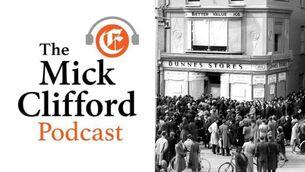What a waste
AFTER a decade of strident local opposition, the 250 acre Bottlehill superdump in north Cork was granted a licence by the Environmental Protection Agency in 2002.
At the time, the Cork region was generating 344,000 tonnes of municipal waste and it was predicted that the region would run out of landfill space within two years unless a sustainable solution was found. A sense of panic pervaded.
















